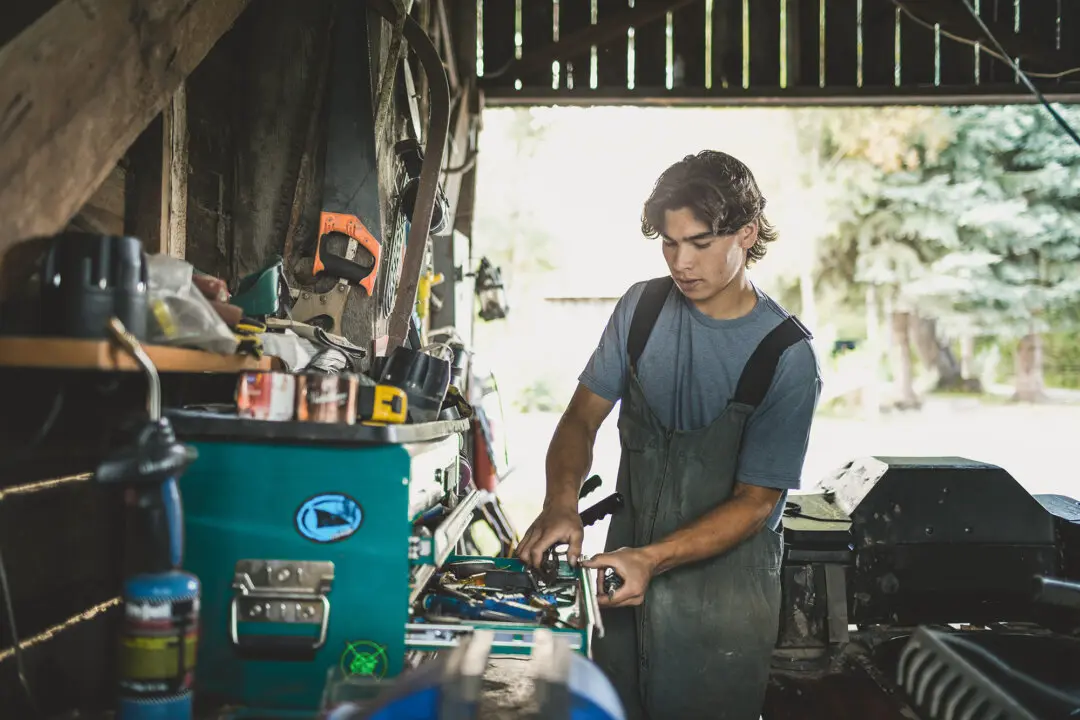Goodbye, rainy spring; the long, sunny days of summer are here and it’s time to move things outdoors. But what if your backyard furniture isn’t ready? Don’t throw away that weathered wood bench or distressed patio set—revive it!
Sometimes the simplest solution is best, and all you need to do is spring clean your summer furniture.





